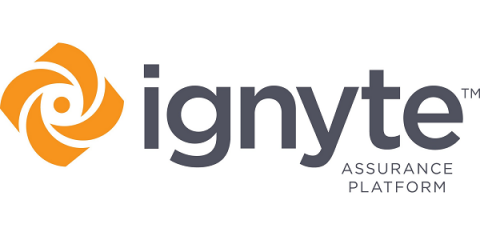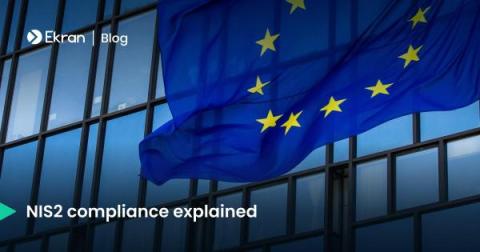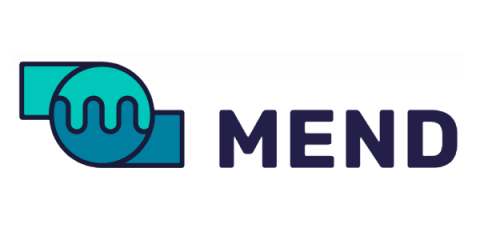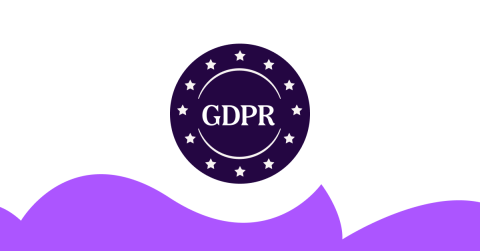Security | Threat Detection | Cyberattacks | DevSecOps | Compliance
Compliance
SSP and CMMC: Why You Need a SSP for Compliance
Compliance with federal cybersecurity guidelines is three things: It’s also a very complex set of rules, guidelines, and standards that address everything from the physical security of your servers and network access to the training your employees receive. On top of that, it’s packed full of acronyms and definitions, all of which have specific meaning. SSP is one of them; it’s a critical document you need to win contracts with the government and is part of the CMMC.
The FedRAMP Impact Levels Explained: Low, Moderate, High
Navigating the federal government’s cybersecurity standards and processes is not easy. Figuring out how to comply with all of the various standards and controls is a lengthy process involving thorough auditing and analysis Mediaof your entire organization from top to bottom. When government contracts and sensitive information is at stake, though, it’s all taken very seriously. Today, we’ll talk about the FedRAMP impact levels and explain each one.
5 Best Practices to Prepare for NIS2 Compliance
Unpacking 2023 and Predicting 2024: What to Expect in Cybersecurity
These statistics show that organizations struggled to maintain basic cybersecurity practices in 2023. But what can organizations do to improve their networks and help prevent attacks in 2024?
The Challenges for License Compliance and Copyright with AI
Mapping COBIT to COSO
Regulatory Compliance in Aviation Procurement: Navigating the Complex Landscape
M-21-31 logging compliance: Overcoming the 3 top challenges
How to make your website GDPR compliant
GDPR, or the General Data Protection Regulation, is a data privacy law that many businesses around the world need to comply with. If you’re operating a business or managing a website, it’s important to know how the law applies to you and your website’s data collection processes. In this blog post, we’ll answer some fundamental questions about GDPR and provide guidance on how to get your website GDPR compliant.










